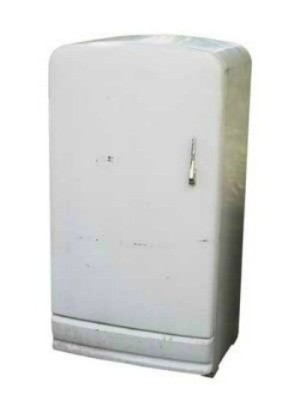 We often hear that it pays to upgrade to new appliances. New appliances are more energy efficient; therefore, they save money. However, when a new refrigerator can cost anywhere from $600 on up, how much energy is being saved to justify this expense? Evaluate which appliances are worth the upgrade.
We often hear that it pays to upgrade to new appliances. New appliances are more energy efficient; therefore, they save money. However, when a new refrigerator can cost anywhere from $600 on up, how much energy is being saved to justify this expense? Evaluate which appliances are worth the upgrade.
For instance, the average clothes washer which uses gas heated water costs an average of $6.76 per month to use. Meanwhile, to upgrade to an Energy Star will downgrade the cost to $1.84 per month.
The typical dishwasher costs $.70 per load. Upgrade to an Energy Star and it only costs $.34 per load. New dishwashers can be purchased for $385. Within 1070 loads the dishwasher will have paid for itself in the savings of operation alone (not to mention that newer dishwashers use less water than older models.) This can be met within three years' time if not earlier.
Energy Star provides its estimated uses and cost per month on the appliance tags. Deduct your monthly savings plus any repair bills that your old appliance may cost and make the decision whether or not to upgrade.
For example, a gas water heater with a .54 energy factor costs $26.94 per month while a gas water heater with a .61 energy factor costs $23.89 per month. The difference in the energy rating as well as the cost is minimal.
However, if a new refrigerator is what you have in mind, your purchase may pay off in the end. If your refrigerator is older than 2001 you could save on the upgrade. A top freezer refrigerator built before 1990 costs $13 per month to run while a new top freezer model built after 2001 costs only $5.18 per month. When looking at styles consider their efficiency. While a new top freezer costs $5.18 per month, a new side by side costs $6.68 per month. Add that difference to the difference in the initial purchase price.
Rather than upgrading, save in other ways, too. Instead of purchasing a new gas range, turn off the pilot light instead. The average cost per month of the gas range is $2.92. If you leave the pilot light on for convenience, it's going to cost you $6.65 per month.
Here are the questions asked by community members. Read on to see the answers provided by the ThriftyFun community.
Which would use less energy, a griddle on top of 220 volt stove or an electric griddle?
By Ginny from Evarts, KY
I think the stand-alone griddle is probably your more energy efficient appliance. I've used electric frying pans for years because making a dish with that actually did turn out to be less costly than heating up one burner on the cooktop.
We used only the electric frying pan for a month. Didn't turn the cooktop on once, and watched the meter and subsequent electric bill. The next month we used just the cooktop, and again checked the meter and bill.
The electric frying pan saved us about ten dollars. During the month we used only the electric frying pan, we used the electric kettle to boil water, and the microwave (1100W) to cook veg and other dishes.
It was really surprising to see that ten dollar difference. We thought it would be the other way around, frankly. I think you'd find the same results with the electric griddle.